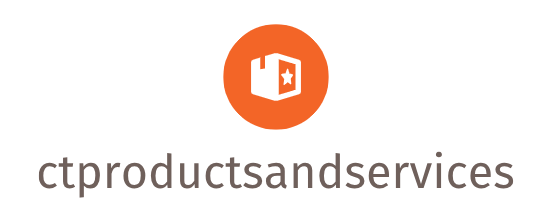
Understanding Your Audience: The Foundation of Successful Content Marketing
Before you even think about writing a single word, you need to deeply understand your target audience. Who are they? What are their pain points? What are their interests and aspirations? What kind of language do they use? The more you know about your audience, the better you can tailor your content to resonate with them. This involves going beyond basic demographics; you need to understand their motivations, their online behavior, and the platforms they frequent. Use tools like Google Analytics, social media analytics, and even customer surveys to gather this crucial information. This foundational knowledge will guide your content strategy and ensure you’re creating something valuable and relevant.
Keyword Research: Unearthing the Gems Your Audience Is Searching For
Once you know your audience, you need to figure out what they’re searching for online. This is where keyword research comes into play. Tools like SEMrush, Ahrefs, and even Google Keyword Planner can help you identify relevant keywords and phrases related to your business and industry. Don’t just focus on high-volume keywords; consider long-tail keywords (more specific phrases) as well. These often have less competition and can attract highly qualified leads. The key is to find a balance between search volume and relevance to your target audience. Remember, you want to attract the *right* kind of traffic, not just any traffic.
Creating High-Quality, Engaging Content: More Than Just Words
Content is king, but only if it’s high-quality and engaging. This means writing compelling copy that is informative, entertaining, or both. Consider using various content formats, such as blog posts, videos, infographics, podcasts, and social media updates. Don’t be afraid to experiment and find what works best for your audience. Remember to keep your content concise, well-structured, and easy to read. Use visuals like images and videos to break up text and make your content more appealing. Most importantly, focus on providing real value to your readers; solve their problems, answer their questions, and offer them something they can’t find elsewhere.
Optimizing Your Content for Search Engines (SEO): Helping Google Find You
Creating great content is only half the battle; you also need to optimize it for search engines. This involves incorporating relevant keywords naturally into your content, optimizing your website’s meta descriptions and title tags, building high-quality backlinks from other reputable websites, and ensuring your website is mobile-friendly and loads quickly. SEO is an ongoing process, not a one-time task. Regularly monitor your website’s performance using analytics tools and adjust your strategy as needed. Remember, SEO is about providing value to both users and search engines, not about gaming the system.
Building a Strong Backlink Profile: Earning the Trust of Google
Backlinks, or links from other websites to yours, are crucial for SEO. They signal to search engines that your website is authoritative and trustworthy. Building high-quality backlinks takes time and effort, but it’s well worth it. Focus on earning backlinks naturally by creating high-quality content that other websites want to link to. This can involve guest blogging on relevant websites, participating in online communities, and building relationships with other influencers in your industry. Avoid black hat SEO tactics, such as buying backlinks, which can harm your website’s ranking.
Promoting Your Content: Getting Your Message Out There
Even the best content won’t get found if you don’t promote it. This involves sharing your content on social media, email marketing, and other channels. Consider using paid advertising to reach a wider audience. Engage with your audience on social media and respond to comments and questions. Building a strong online community can help you promote your content organically and build brand loyalty. Remember, consistent promotion is key to keeping your content visible and attracting new readers.
Analyzing and Adapting Your Strategy: Continuous Improvement
content marketing is an iterative process. You need to regularly analyze your results and adapt your strategy accordingly. Use analytics tools to track your website traffic, engagement metrics, and conversion rates. Identify what’s working and what’s not, and make adjustments to your content strategy based on your findings. Don’t be afraid to experiment and try new things. The key to success is continuous learning and improvement.
Leveraging Social Media: Expanding Your Reach
Social media platforms offer powerful tools for promoting your content and engaging directly with your audience. Tailor your content to each platform’s specific nuances and audience expectations. Use visuals, videos, and interactive content to maximize engagement. Monitor your social media analytics to see what’s resonating and adjust your strategy accordingly. Building a strong social media presence is crucial for staying visible and connecting with potential customers.
Email Marketing: Cultivating a Loyal Audience
Email marketing remains a highly effective tool for nurturing leads and building relationships with your audience. Collect email addresses ethically and build segmented lists to personalize your messaging. Create valuable and engaging email content that provides value to subscribers and encourages them to take action. Track your email marketing metrics to measure success and optimize your strategy.





.jpg)



